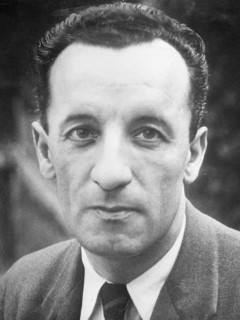
Publication details
Publisher: Springer
Place: Berlin
Year: 2014
Pages: 221-233
Series: Philosophy & Technology
Full citation:
, "Gaming and the limits of digital embodiment", Philosophy & Technology 27 (2), 2014, pp. 221-233.


Gaming and the limits of digital embodiment
pp. 221-233
in: Patrick J. Coppock, Graeme Kirkpatrick, Olli T. Leino, Anita Leirfall (eds), The philosophy of computer games, Philosophy & Technology 27 (2), 2014.Abstract
This paper discusses the nature and limits of player embodiment within digital games. We identify a convergence between everyday bodily actions and activity within digital environments, and a trend towards incorporating natural forms of movement into gaming worlds through mimetic control devices. We examine recent literature in the area of immersion and presence in digital gaming; Calleja's (2011) recent Player Involvement Model of gaming is discussed and found to rely on a probematic notion of embodiment as 'incorporation'. We go on to further reflect on the nature of player involvement in digital gaming environments by applying insights from Maurice Merleau-Ponty's Phenomenology of Perception. It is argued that digital embodiment differs so significantly from primordial embodiment that any idea of total immersion is simply fantasy. We subsequently argue that digital game media nonetheless provide us with unique opportunities for exploring the nature of distinctively human forms of embodiment, and so we need more complete and more reliable phenomenological descriptions of the experiences associated with computer games.
Cited authors
Publication details
Publisher: Springer
Place: Berlin
Year: 2014
Pages: 221-233
Series: Philosophy & Technology
Full citation:
, "Gaming and the limits of digital embodiment", Philosophy & Technology 27 (2), 2014, pp. 221-233.

